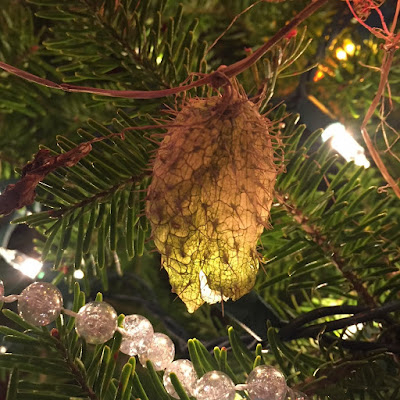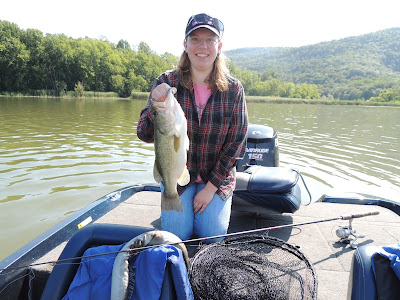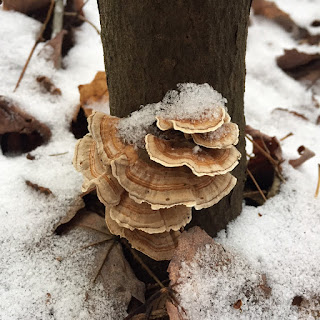Celebrate the Winter Solstice!

Winter sun at Gifford Woods State Park --Rebecca Roy, Conservation Education Coordinator Thursday December 21 is the shortest day of 2017, the Winter Solstice in the Northern Hemisphere. There is optimism in knowing we will are gaining more sunlight in our days after this darkest day. This is reason to celebrate even if you are not a big fan of wintertime. The seasons we experience are caused by the tilt of the Earth and not by the proximity of the Earth to the sun. We are closer to the sun during our winter months, but the Northern Hemisphere is tilted away from the sun during winter and that is why our days are shorter and our temperatures are lower. The tilt of the Earth was caused by the planet colliding with huge space junk billions of years ago when it was forming. The tilt causes us to get less direct sunlight from September to March, and more sunlight than the Southern Hemisphere from April to August. On our Winter Solstice, our neighbors in the Southern H...




